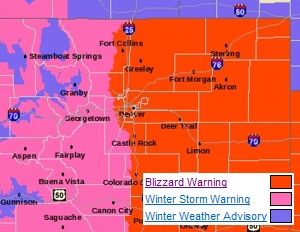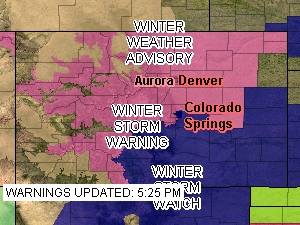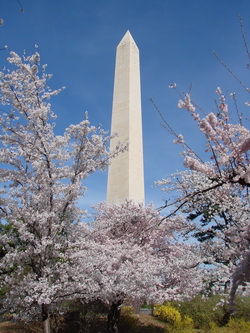
At about this time of year an extraordinarily beautiful event takes place when the cherry trees that line the Tidal Basin in our nation’s capitol blossom. For those that haven’t seen it first hand, the blossoms coupled with the sights and monuments is incredible.
The entire blossom event lasts for a relatively short two week period during which bright pink blossoms cover the trees. Wednesday, the trees reached their peak bloom period for this year and this coming weekend the event will be highlighted with the annual parade and street festival – all part of the National Cherry Blossom Festival.
The history of how the cherry trees came to the capitol goes back nearly 100 years. According to the National Park Service:
The plantings of cherry trees originated in 1912 as a gift of friendship to the People of the United States from the People of Japan. In Japan, the flowering cherry tree, or “Sakura,” is an exalted flowering plant. The beauty of the cherry blossom is a potent symbol equated with the evanescence of human life and epitomizes the transformation of Japanese culture throughout the ages.
As we wait for our own trees to blossom here in Colorado, take a look at this incredible slideshow of images taken just the other day of Washington D.C.’s trees. Thank you to Jim Schuyler for sharing the photos as well as to Justin Berk, the Baltimore Weather Examiner for passing them on to us.
[nggallery id=1]

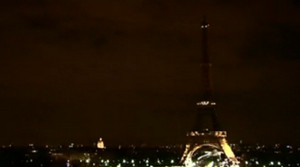
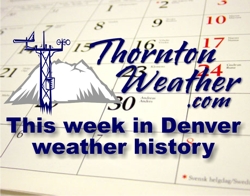
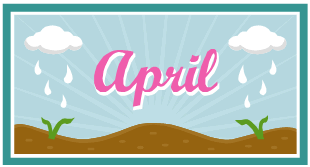
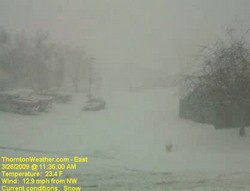

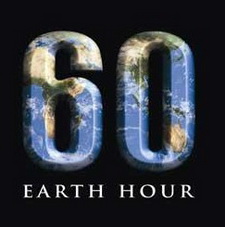
 The city has annnounced that they will be plowing residential streets in accordance with their snow removal plan.
The city has annnounced that they will be plowing residential streets in accordance with their snow removal plan.